Green Dragons and Greener Pastures | Farming is Big Business and Big Science
October 13, 2022 by Kim Loomis, Product Owner @ Fathym
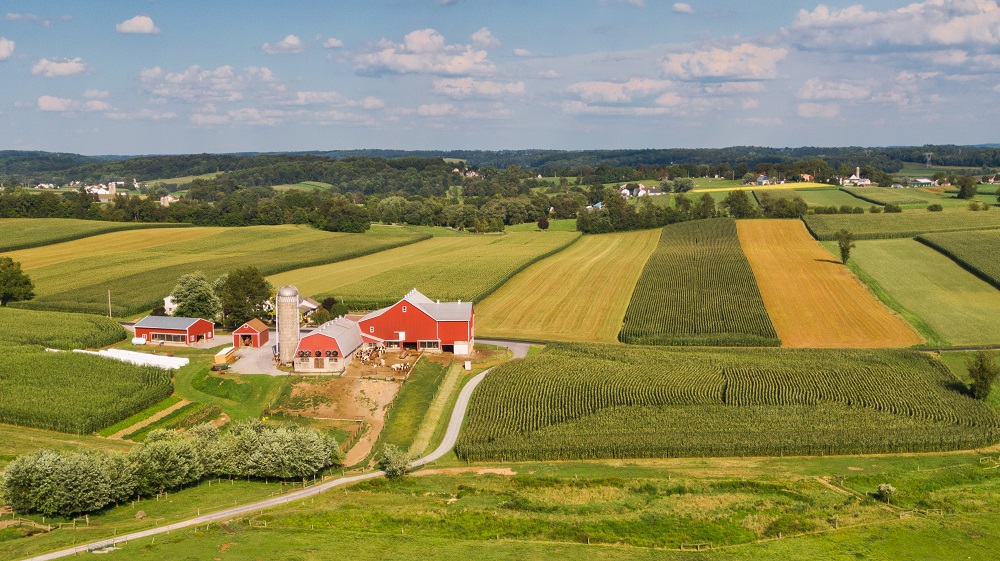
In this article:
- Embracing Science is crucial to the Business of Farming
- Fathym's Habistack provides weather data that farms need
- Habistack’s AI/ML logic engine works with other datasets
- Fathym’s IoT Ensemble uses data from agricultural sensors
Fond Memories
I spent a lot of my childhood growing up in Lancaster County, Pennsylvania. Whenever I think of the area, the word “lush” immediately comes to mind. The gently rolling landscape in the county was just beautiful. Homes and homesteads were meticulously kept. We rode on backcountry roads, barely wide enough for two vehicles, farmlands going past you on either side. The view in any direction was verdant green with tall, leafy trees, well-manicured grasses and fields overflowing with crops. Crops of all sorts grew there – corn, tobacco, pumpkins, wheat, peaches, soybeans and apples.
My grandfather grew up working in the family orchards in New York, graduated from the College of Agriculture at Cornell University, dedicated his whole life to agriculture and spent a lot of time working with the farms around the county. Sometimes, I would ride along with him to those farms, pointing out different things and asking questions. I’d point to a field and identify it as a “corn” field. And my grandfather would shake his head. “Just corn this year,” he would say.
Farming is Big Business
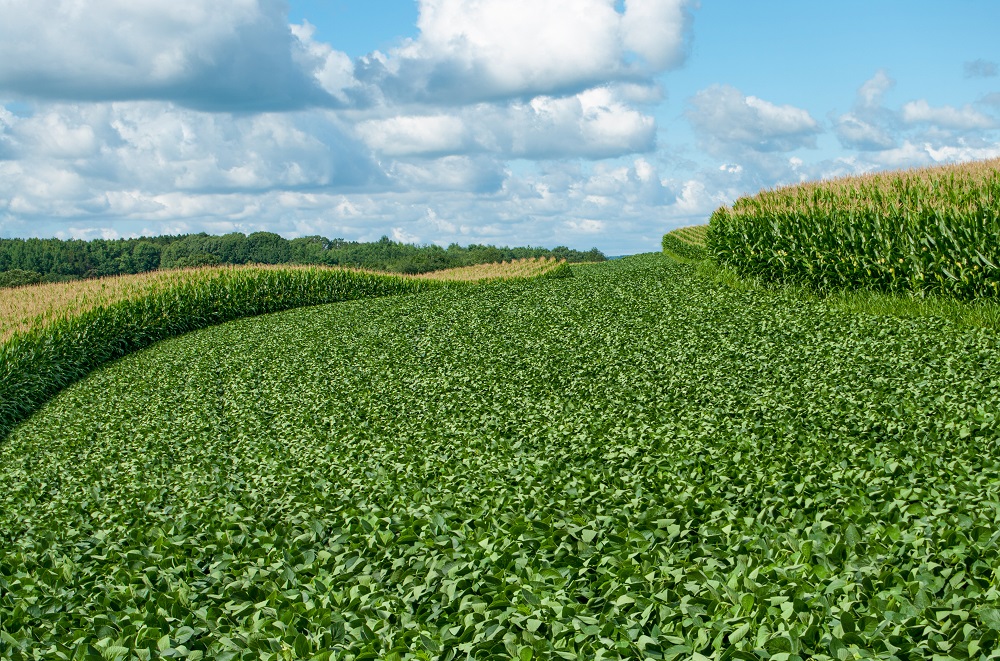
He helped me understand how crop rotation was essential to farming. Different crops needed different nutrients from the soil, so rotating crops allowed the soil to remain fertile. Monocropping or continuing to raise the same crop season after season, had other bad side effects with bugs/pests and weeds. Farmers had to change out their crops regularly to allow the soil to retain its potency.
And the farming was potent, indeed. That really struck home when we would visit the local Green Dragon Farmers Market and Auction. This was, and is still, a mind-boggling huge and busy farmers market with just about anything being sold. Green Dragon is known for auctioning millions of dollars of goods before 9am each Friday morning. Countless tractor trailer loads of purchased hay alone leave the market by the droves. Farming is big business in this beautiful, lush county.
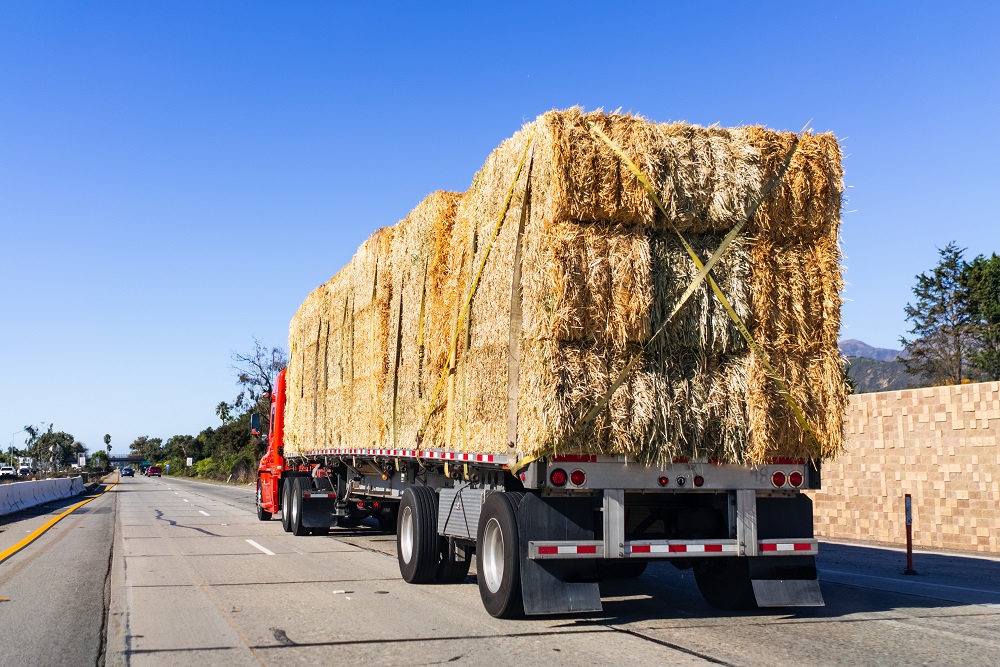
Farming is Big Science
Not only is farming big business, but it’s big science, too. My grandfather would talk about how the farming community had to embrace science, sometimes for the mere sake of survival, much less “thrival”. The farms that embraced science had better quality crops, better quantity crops, and were able to make the business deals that sold a bigger volume at a low price. The farms that didn’t embrace science were either wanting to stay small and just get by, or they had issues that caused them real financial problems. They had inferior results that just didn’t bring in the buyers or the price they wanted.
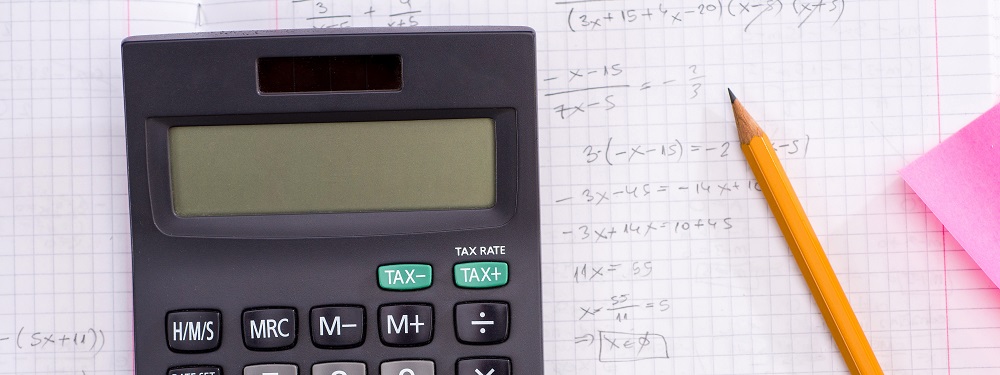
Science back then was observation and data gathering, with everything documented on paper, everything computed by calculator. My grandfather would work with the farmers, annotating the variables that affected their production. He would gather the data, come home, sit at our dining room table, and meticulously comb through and compute the data. He would organize charts and draw graphs. Conclusions in hand, he would ride back out to the farms and discuss with the farmers his recommendations and actions they should take for improvement.
The goal is always to get more out of less. Farms are ridiculously expensive to own and operate - the land tax alone is what kills some farms. More crops on less land, with less labor, with less water, with less machinery, with less materials, pesticides or nutrients. For farms that want to remain viable businesses, embracing science is a necessity.
Real-Time Information
Science now for farming is real-time, but it’s still observation and data gathering. Entire farms can be monitored from air and ground levels. Satellite imagery like this is used to collect data to help with field optimization. Two of the top 5 sensors used in agriculture are pH sensors (soil conditions and soil nutrient quality) and temperature sensors, which do dual duty, not only monitoring the temperature of physical space, but also of smart farming assets. The combination of observation from satellite and monitoring at the ground-level gives farmers a real boost toward making their operations high-tech.
Bringing all the data together – satellite, sensors, weather – is crucial. Fathym assists here in many ways:
Habistack provides the near-term forward weather forecasting – knowing when critical precipitation or potentially damaging events like wind will happen. It can also provide a 90-day look back in time.
The AI/ML logic engine behind Habistack can ingest the historical archives of land plots – essentially what was growing or not growing on the farmland in the past and predict what could grow under certain conditions in the future.
IoT Ensemble helps to connect the agricultural sensors, get the data flowing to the cloud, understand the data, and send the data downstream.
The Fathym platform delivers the dashboards that organize all that data into a wealth of information.
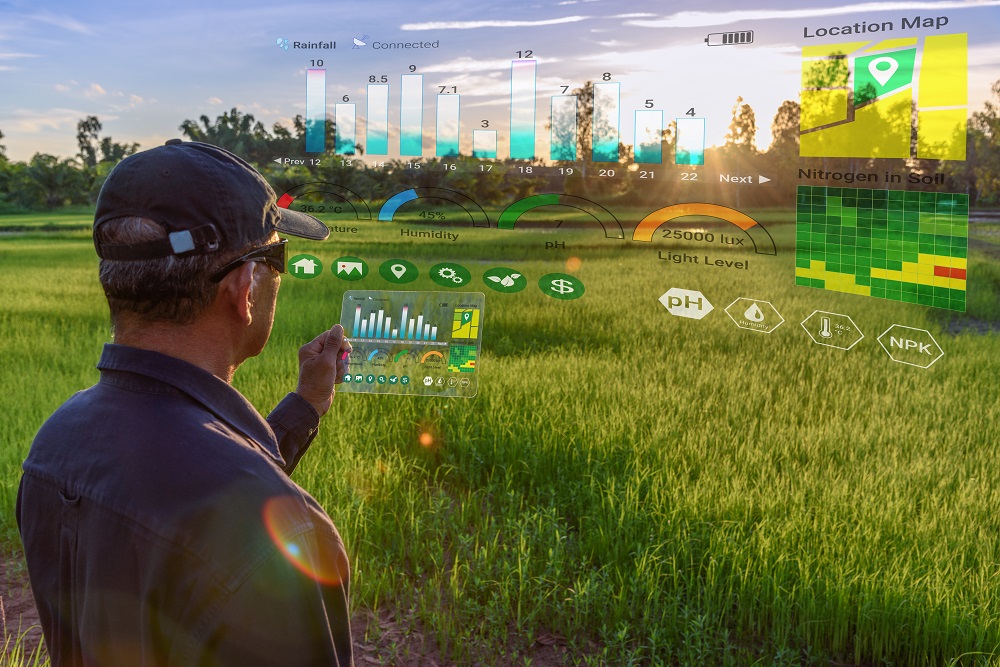
When combined, Fathym provides the farming community knowledge – past, present and into the future – of their business and the capability to make real-time operational decisions. My grandfather retired his yellow pad of paper, precision compass, pencils and ruler before these capabilities were available. But with his keen interest in understanding the valuable information that was distilled from the data, he would have embraced these technologies – he was all for efficiency to get to the answers.
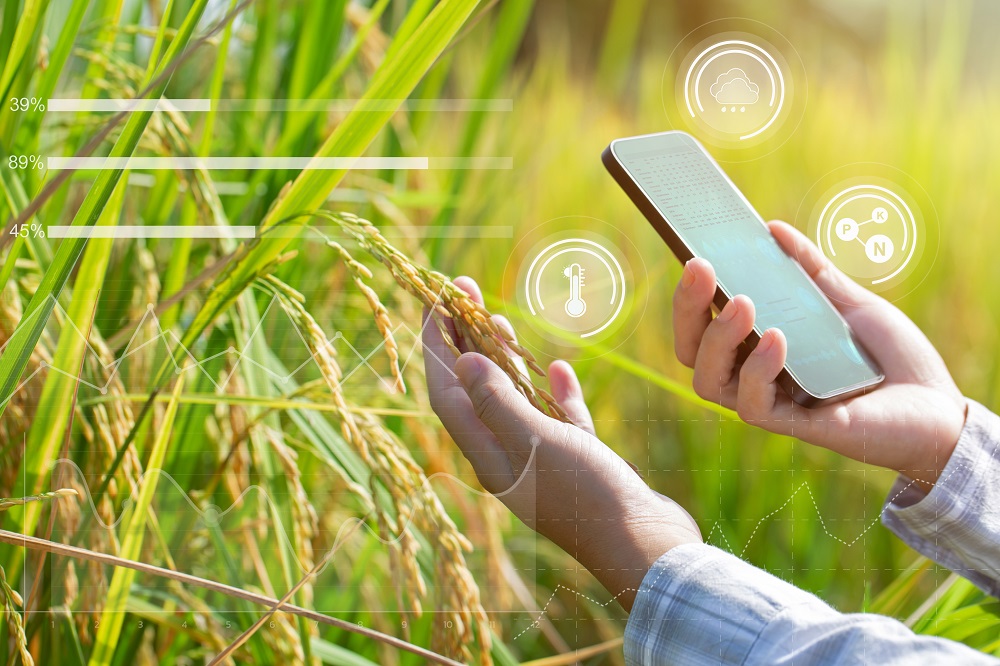
If Only My Grandfather Had This Technology
With Fathym technologies, my grandfather would have all the data at his fingertips and would not spend countless hours collecting it. He wouldn’t have spent his evenings sitting at the dining room table computing data and writing conclusions.
He would have all these capabilities on a phone where he could work directly in the fields with the farmers, manage the data, make predictions and improvements right then and there. He could share and show the farmers the dashboards that reveal all the information. He could help the farmers monitor their fields with sensors and IoT Ensemble. He could use Habistack to forecast weather events and know when to cover or harvest crops before bad weather adversely affected them. His focus would have been on the analysis and utilization of information to make crucial farm business decisions rather than the collection of data.
What a difference Fathym would have made!